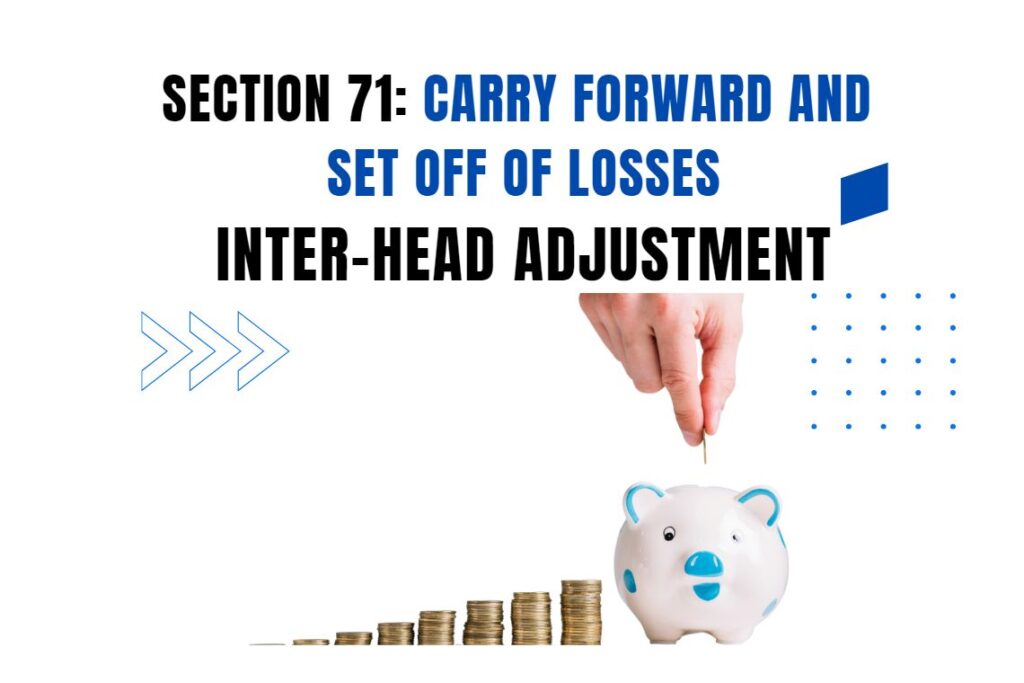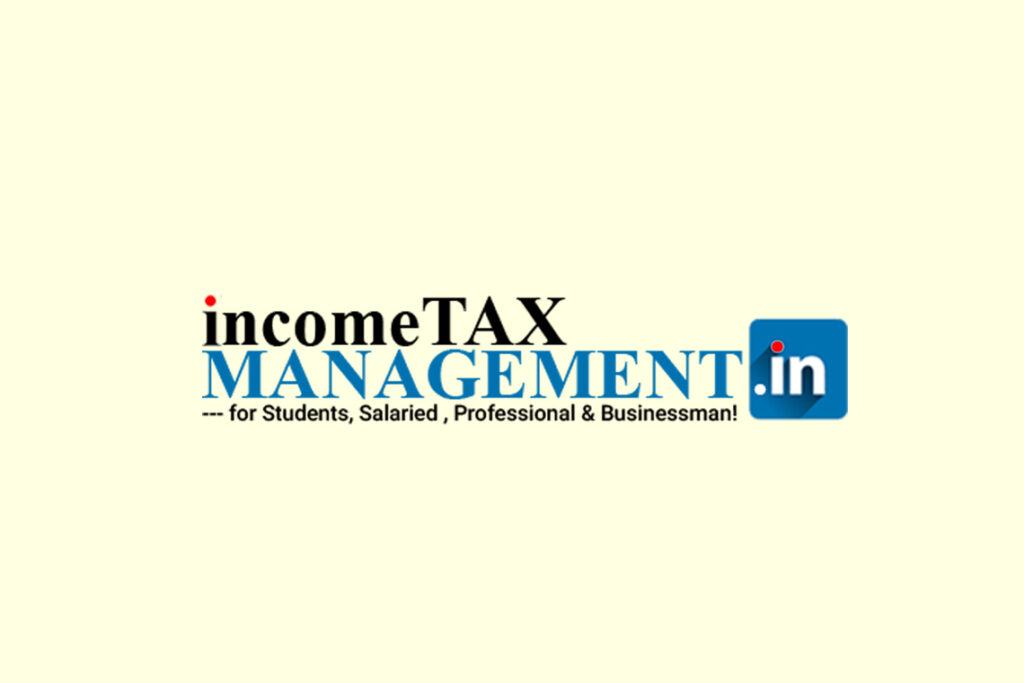Section 74 of the Income Tax Act, 1961 governs the treatment of capital losses, providing specific rules for their set-off and carry forward. Here’s a comprehensive analysis:
1. Types of Capital Losses
Capital losses are categorized based on the holding period of assets:
| LOSS TYPE | HOLDING PERIOD | TREATMENT |
| Short-Term Capital Loss (STCL) | ≤ 36 months (≤ 12 months for equity shares/units) | Can be set off against any capital gains |
| Long-Term Capital Loss (LTCL) | > 36 months (> 12 months for equity shares/units) | Can only be set off against LTCG |
2. Set-Off Rules in the Same Year
A. Intra-Head Adjustment (Section 70)
- STCLcan be set off against:
- STCG(first priority)
- LTCG(if STCG is insufficient)
- LTCLcan only be set off against LTCG
Example:
- STCL: ₹2,00,000
- STCG: ₹1,50,000
- LTCG: ₹1,00,000
- Set-off: ₹1,50,000 (STCG) + ₹50,000 (LTCG) → Remaining STCL: ₹0
B. Inter-Head Adjustment (Section 71)
- Not permittedfor capital losses
- Capital losses cannotbe set off against salary, house property, or business income
3. Carry Forward Provisions
| PARAMETER | STCL | LTCL |
| Carry Forward Period | 8 assessment years | 8 assessment years |
| Future Set-Off | Against STCG or LTCG | Only against LTCG |
| Filing Requirement | Must file return by due date (Section 139(1)) | Must file return by due date |
| Business Continuity | Not required | Not required |
Key Conditions:
- Mandatory return filingby due date (usually July 31)
- No business continuityrequirement
- No time limit extension(lapses after 8 years)
4. Practical Examples
Case 1: STCL Utilization
- AY 2024-25: STCL = ₹3,00,000 (filed on time)
- AY 2025-26: STCG = ₹2,00,000 → ₹2,00,000 adjusted
- AY 2026-27: LTCG = ₹1,50,000 → ₹1,00,000 adjusted
- Result: Full loss utilized within 3 years
Case 2: LTCL Restrictions
- AY 2024-25: LTCL = ₹5,00,000
- AY 2025-26: STCG = ₹6,00,000 → Cannot be set off
- AY 2026-27: LTCG = ₹3,00,000 → ₹3,00,000 adjusted
- Remaining LTCL: ₹2,00,000 (carry forward continues)
5. Special Scenarios
A. Brought Forward Losses
- Maintain proper records of unabsorbed losses
- Follow chronological order (oldest losses used first)
B. Change in Tax Regime
- Losses remain valid regardless of opting for old/new regime
- New regime restrictions don’t affect capital loss provisions
C. Inheritance of Losses
- Legal heirs can carry forward deceased taxpayer’s capital losses
- Subject to original 8-year limit from loss year
6. Compliance Requirements
- Accurate reportingin Schedule CG of ITR
- Document retentionfor 8+ years (sale deeds, brokerage statements)
- Verificationthrough Form 26AS/AIS
7. Recent Amendments (2023-24)
- No changein fundamental provisions
- Enhanced reportingrequirements for high-value transactions
- Stricter matchingof capital gains with AIS data
8. Tax Planning Considerations
- Strategic asset salesto utilize brought-forward losses
- Portfolio rebalancingto optimize gain/loss positioning
- Avoid last-minute tradesthat might create unusable losses
9. Comparison with Other Loss Types
| FEATURE | CAPITAL LOSSES | BUSINESS LOSSES | HOUSE PROPERTY LOSSES |
| Set-Off Against | Only capital gains | Business income | House property income |
| Carry Period | 8 years | 8 years | 8 years |
| Inter-Head Adjustment | No | Yes (limited) | Yes (old regime) |
| Filing Deadline | Strict | Strict | Lenient |






